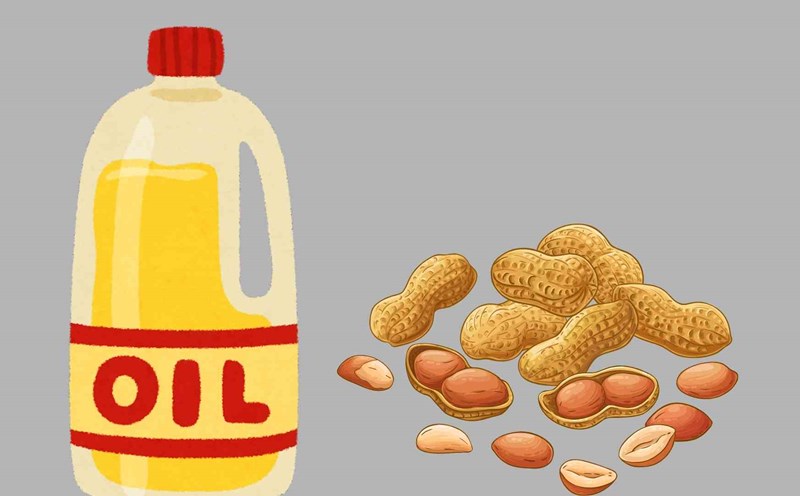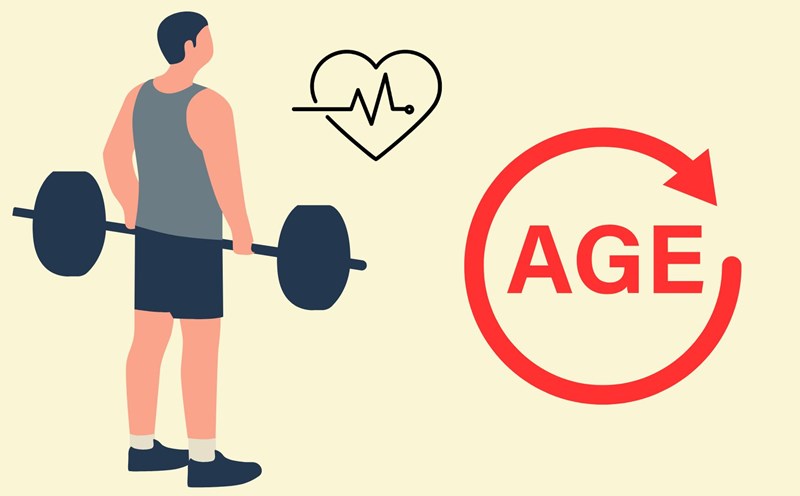How does exercise help lower blood pressure?
High blood pressure, determined when the blood pressure index is 130/80 mmHg or higher, is a leading risk factor for cardiovascular diseases, stroke and kidney failure. According to Dr. Dennis Sifris, a pathologist at MediSys Health Network, New York, physical exercise helps enhance cardiovascular function, dilate blood vessels and improve blood circulation.
Although blood pressure can increase temporarily during exercise, regular exercise puts good pressure on the blood vessel system, helping blood pressure to be more stable in the long run, Dr. Sifris explains.
The main mechanisms by which exercise affects blood pressure include:
Improve endothelial function: Exercise stimulates the release of nitric oxide, which dilates blood vessels and increases blood circulation.
Reduces blood vessel obstruction: Increasing the number of capillaries makes blood circulate more easily, reducing pressure on the heart.
Lower LDL cholesterol and increase HDL: Exercise helps reduce plaque buildup in the vessel walls, contributing to preventing atherosclerosis.
Control blood sugar: Exercise increases glucose use in muscles, supports diabetes prevention, a factor that contributes to high blood pressure.
Actual impact on blood pressure index
A review published in hypertension shows that regular exercise can help reduce an average of 6.9 mmHg of subjective blood pressure and 4.9 mmHg of cardiac blood pressure. Just 5 mmHg reduction in cardiopulmonary blood pressure can reduce the risk of heart attack or stroke by up to 10%, says James Myhre, a research expert in preventive medicine in the US.
In addition, every 10 mmHg reduction in cardiovascular blood pressure can also:
Reduce the risk of cardiovascular events by 20%
Reduce the risk of coronary artery disease by 17%
Reduces stroke risk by 27%
28 percent reduced risk of heart failure
decreased the risk of death from all causes by 13%
How much exercise is enough?
The American Heart Association's guidelines recommend that adults:
Exercise a moderate pace of at least 150 minutes/week (for example, brisk walking, slow cycling).
Do at least 75 minutes of vigorous intensity training per week (such as jogging, swimming, jumping rope).
Combine strength training (weight, resistance band, exercise equipment) at least 2 days/week.
The combination of cardio and strength training has been shown to be more effective than just one type of training.
Exercise is not a complete replacement for blood pressure medication. People with cardiovascular disease should consult a doctor before starting an exercise program. Working with a physical therapist or personal trainer can help optimize outcomes and avoid injuries.
Regular physical exercise is a powerful tool to help control blood pressure, reduce cardiovascular risk and improve quality of life.











